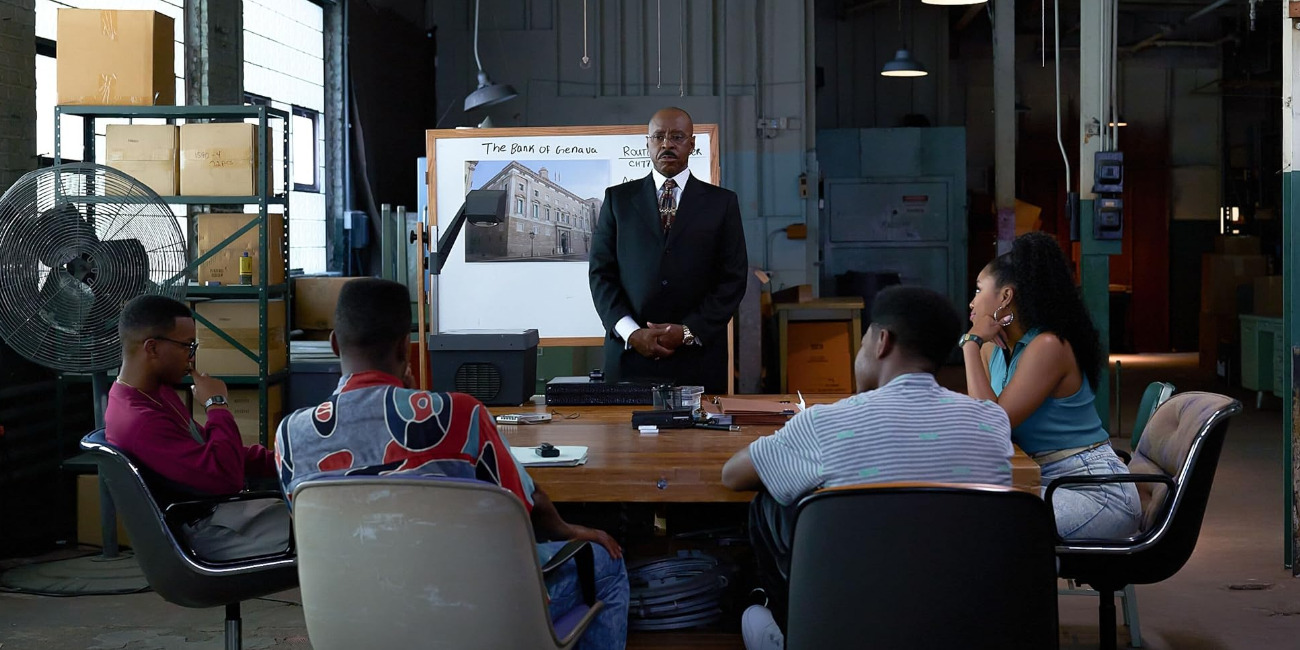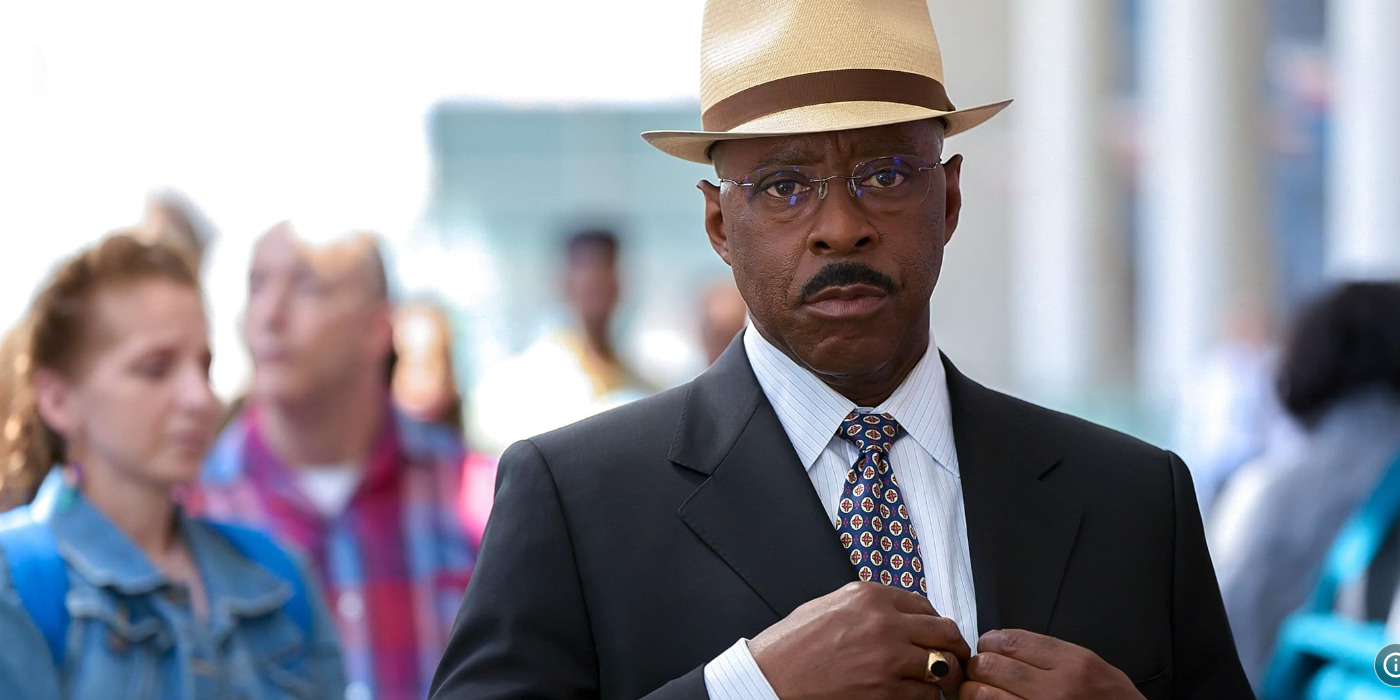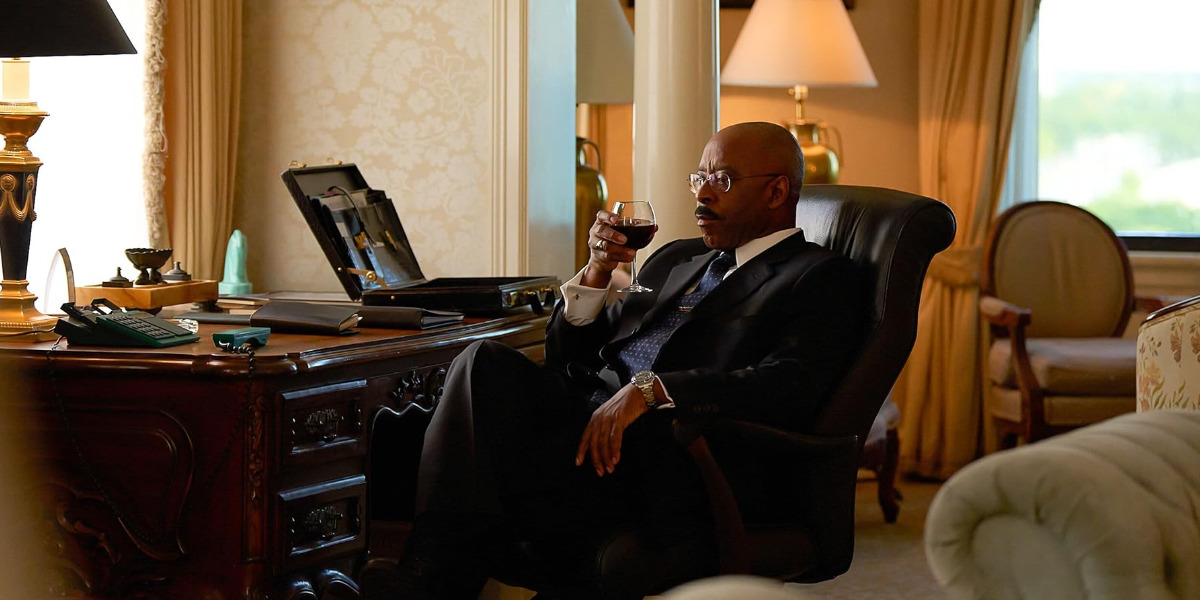‘Heist 88,’ the crime drama film directed by Menhaj Huda, revolves around a mastermind con artist and his group of young recruits as they attempt to pull off the largest bank heist of the century. Jeremy Horne, well-versed in the art of swindling, comes across some young bank employees and finds the opportunity of a lifetime. With the First Bank of Chicago as his target, Jeremy orchestrates the perfect bank robbery to secure 80 million dollars for himself and his accomplices. However simple and elegant as his plan may be, it comes with its own set of complications.
Though the film seems like a predictable heist flick on paper, the unbelievable nature of the heist’s execution becomes a subject of intrigue and curiosity. As such, the film only benefits from the fact that it’s based on a true story despite the outlandish notion of a robbery committed over phone calls with no violence. Therefore, if you’re curious to learn more about the Chicago 1988 bank robbery that serves as inspiration for ‘Heist 88,’ here is everything you need to know about it.
The Real-Life Chicago 1988 Bank Robbery
The film, ‘Heist 88,’ is based on a real-life attempted bank robbery that took place in Chicago in 1988. Although the film maintains a level of separation from the real-life people and details involved in this robbery, much of the framework remains the same. In 1988, Chicago saw one of the most audacious and bold attempts of embezzlement, orchestrated by ringleader Armand Moore and his fellow accomplices.

On May 13, 1988, Moore stole millions of dollars from three separate corporate bank accounts by wire transferring them from First National Bank of Chicago to two New York banks, Citibank and Chase Manhattan Bank. From there, the money was set to be transferred to three accounts in Vienna, Austria. Moore’s associates, Otis Wilson and Gabriel Taylor, who worked at the bank as clerks, played an instrumental role in this scheme. Ultimately, Moore and his team stole $69.7 million in total from United Airlines, Merrill Lynch & Co., and Brown-Forman Corp.
According to a news article of the time published by the Chicago Tribune, a source from Merrill Lynch & Co. shared that their firm’s officials were impersonated to authorize wire transfers, something that the call’s mandated tape recordings confirmed. The amounts stolen from each account varied in number but remained ambitiously high.
As such, in the end, the theft’s sheer magnitude led to Moore and his associates’ downfall. A couple of days after the robbery, the firms quickly noted the discrepancies in their accounts and notified the bank of the same. As a result, the authorities were able to catch the perpetrators before they could withdraw the funds from overseas. Consequently, the bank received the bulk of the stolen funds in return shortly after the crime, with the rest expected to be on the way.
Later, several of Moore’s accomplices, including Taylor and Herschel Bailey, Moore’s relative, pleaded guilty in court and testified against Moore. In his testimony, Bailey shared that Moore approached him to recruit bank employees. Similarly, he maintained that Moore planned and coordinated the entire scheme of transferring money by wire.
While the U.S. District Court Judge overseeing the case, Harry Leinenweber declared that the crime was “stupid” since someone was bound to notice the stolen funds before Moore accessed them, Assistant U.S. Atty. Jeff Stone acknowledged the scheme as “the most massive and almost successful computer crime I’m [Stone] aware of in the history of the United States.” By doing so, the latter requested for Moore to receive a maximum sentence.
In the end, Moore received a ten-year and five-month prison sentence. Likewise, his accomplices, Neal Jackson, Leonard Strickland, Ronald Carson, and Otis Wilson, received varying sentences.
Director Huda’s Take On The Real-Life Crime
In depicting a tale inspired by Armand Moore’s bold Chicago undertaking, Director Menhaj Huda took care to employ ample creative liberty to infuse the narrative with some fictionality. From small details to bigger ones, such as the changed name of the protagonist, Jeremy Horne, the film maintains some distance from the real-life crime.

The film’s screenwriter, Dwayne Johnson-Cochran, had a close connection with the story, having covered it in 1988 during his career as a local Chicago reporter. After getting a reminder about the event, Johnson-Cochran decided to adapt the story into a screenplay. Huda expanded on the same in an interview and shared that Dwayne met with Moore to get the true story out of the con artist. “They started developing it as a TV show, and then, in the end, they felt that it was going to work much better as a movie. That’s how I came to be involved in it,” said the director.
As such, ‘Hiest 88,’ with a basis in Moore’s story, uses his real-life crime to craft an empathetic narrative about class and racial disparity. Even though the film takes a different route for the robbery’s conclusion and changes a few trivial details of the crime, its roots in reality remain.


You must be logged in to post a comment.